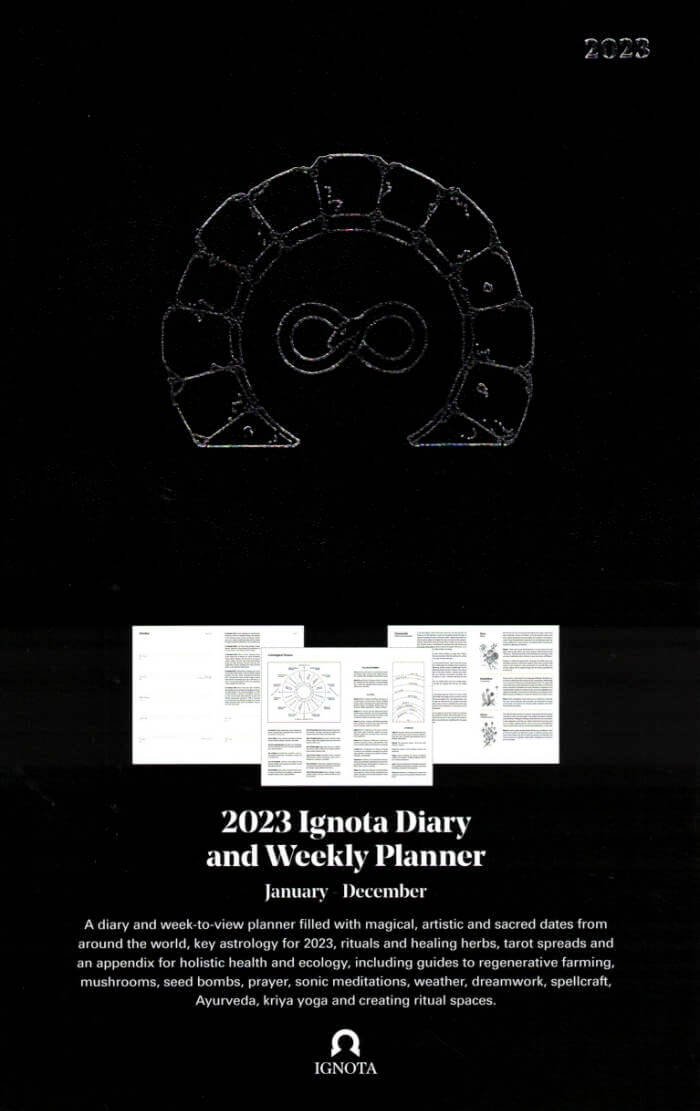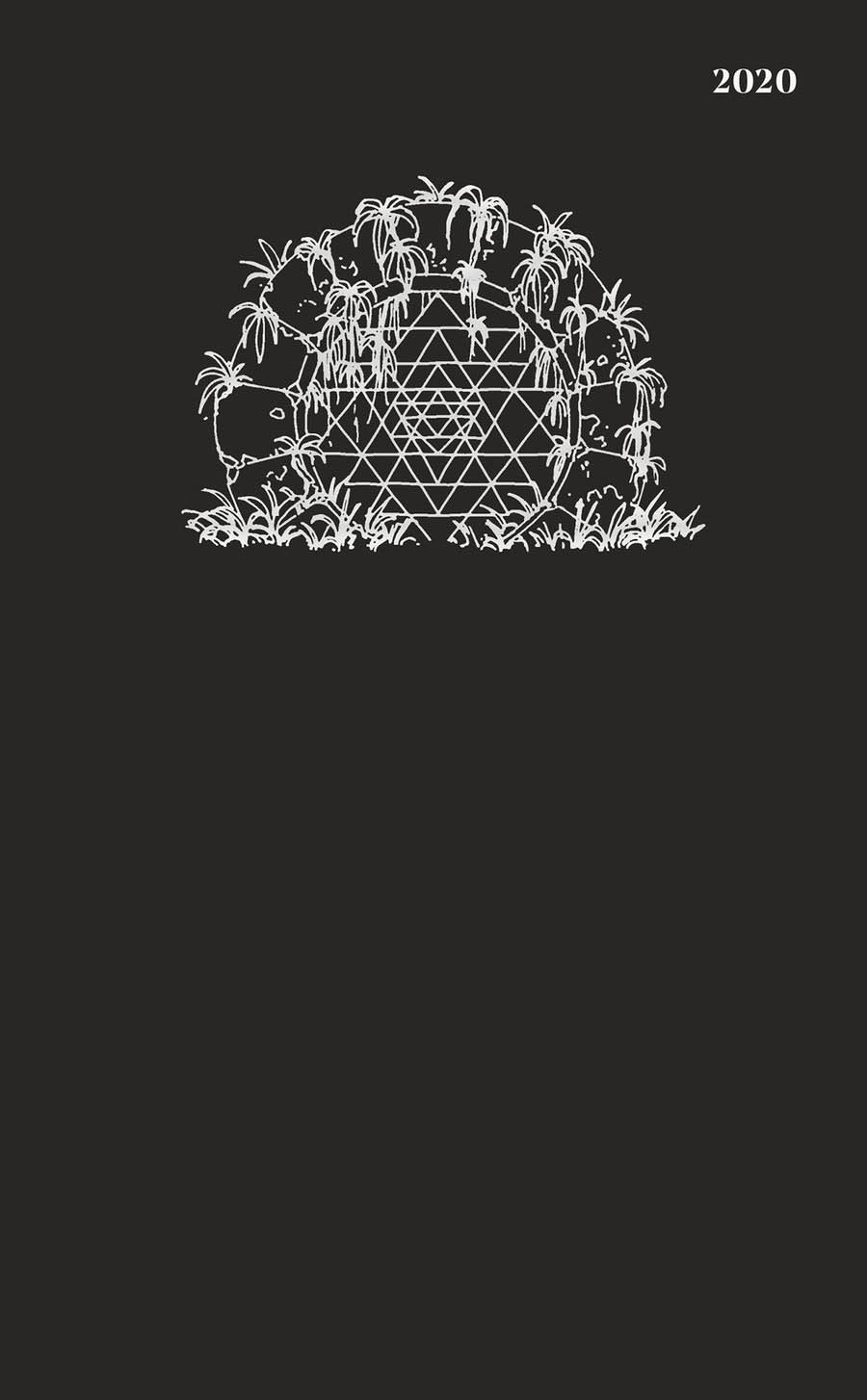Simone Weil
Simone Weil

Gravity And Grace
Simone Weil, the French philosopher, political activist, and religious mystic, was little known when she died young in 1943. Four years later the philosopher-farmer Gustave Thibon compiled La pesanteur et la grbce from the notebooks she left in his keeping.
In 1952 this English translation accelerated the fame and influence of Simone Weil. The striking aphorisms in Gravity and Grace reflect the religious philosophy of Weil's last years. Written at the onset of World War II, when her health was deteriorating and her left-wing social activism was giving way to spiritual introspection, this masterwork makes clear why critics have called Simone Weil "a great soul who might have become a saint" and "the Outsider as saint, in an age of alienation." Introducer Thomas R. Nevin is a professor of classical studies at John Carroll University and the author of Simone Weil: Portrait of a Self-Exiled Jew.
And more

University of California Press
The Wedding Dress
In times of great uncertainty, the urgency of the artist's task is only surpassed by its difficulty. Ours is such a time, and rising to the challenge, novelist and poet Fanny Howe suggests new and fruitful ways of thinking about both the artist's role and the condition of doubt. In these original meditations on bewilderment, motherhood, imagination, and art-making, Howe takes on conventional systems of belief and argues for another, brave way of proceeding. In the essays "Immanence" and "Work and Love" and those on writers such as Carmelite nun Edith Stein, French mystic Simone Weil, Thomas Hardy, and Ilona Karmel—who were particularly affected by political, philosophical, and existential events in the twentieth century—she directly engages questions of race, gender, religion, faith, language, and political thought and, in doing so, expands the field of the literary essay. A richly evocative memoir, "Seeing Is Believing," situates Howe's own domestic and political life in Boston in the late '60s and early '70s within the broader movement for survival and social justice in the face of that city's racism.
Whether discussing Simone Weil, Gertrude Stein, Meister Eckhart, Saint Teresa, Samuel Beckett, or Lady Wilde, Howe writes with consummate authority and grace, turning bewilderment into a lens and a light for finding our way.

Ignota Diary 2023
This beautifully designed diary and week-to-view planner is filled with historically significant magical and sacred dates from around the world. Drawn from events such as the Buddha’s birthday, esoteric festivals and artistic and occult history, the diary touches on the lives of characters such as Ursula K. Le Guin, Ithell Colquhoun, Zora Neale Hurston, Carl Jung, Simone Weil, Leonora Carrington, Maya Deren, Aleister Crowley, George Bataille, Timothy Leary, Hilma af Klint, Saint Hildegard of Bingen, William Blake, W.B. Yeats and Octavia Butler.
Contributors:
Acupressure by Maria Christofi, Astrology by SJ Anderson, Ayurveda and Prajna by Mira Manek, Dreamwork by Jennifer Dumpert, Herbal Remedies by Paige Emery, Kriya Yoga by Rachel Okimo, Korean Ink Illustrations by Jungran Kim, Mushroom Guide by Ellen Percival, Prayer Guide by K Allado-McDowell, Regenerative Farming by Elias Haase, Rituals by Pam Grossman and Himali Singh Soin, Ritual Spaces by Leila Sadeghee Seed Bombs by Jenna Sutela, Soji by Shoukei Matsumoto, Sonic Meditation by Pauline Oliveros, Spellcraft by Bones Tan-Jones, Tarot by CAConrad and T. Susan Chang, Weather by Jay Drinkall

Anemones: A Simone Weil Project
The author’s research on troubadour poetry yields this experiment in thinking ‘near and with’ philosopher and political activist Simone Weil. Moving between the epistolary, poetry, performance and scholarly research, it centres on a new translation of Weil’s 1942 essay ‘What the Occitan Inspiration Consists Of’ that elevates the troubadour concept of love to a practice of political resistance rejecting force in all its forms. Robertson dwells on the transhistorical potential of this concept from the violent context in which it emerged to the troubling conditions of the present. Embracing actualised and suppressed histories, the work testifies to words, friendship and readership as resistance across distances.
With a contribution by Benny Nemer
Design: Rietlanden Women’s Office

Social Movement: Through the Lens of Performance and Performativity
This publication documents and shares the trajectory of If I Can’t Dance’s engagement with ‘Social Movement’ as the field of inquiry for its seventh biannual programme (2017–18).
Social Movement: Through the Lens of Performance and Performativityinvestigates how performance ontologies around bodily experience, affect and the relational better one’s understanding of social movement – and in turn how that understanding expands performance vocabularies. Divided into three ‘directions’ of movement, ‘gathering’, ‘embodiment’ and ‘care’, the selected theoretical and artistic perspectives are culled from our Reading Group material and from guests on our Radio Emma broadcasts. A keynote lecture by performance and social practice scholar Shannon Jackson, delivered as part of the edition’s final presentations, serves as an introduction.
Contributors: Giorgio Agamben, Selçuk Balamir, Anne Boyer, Judith Butler, Thomas F. DeFrantz, Nell Donkers, Pascale Gatzen, Édouard Glissant, Ayesha Hameed, Sands Joseph Horwitz-Dijks Murray-Wassink, Shannon Jackson, Rudolf Laban, Gregory Lennon, Audre Lorde, Ros Murray, AnnaMaria Pinaka, Tina Reden, Marjan Sax, Rebecca Schneider, Taka Taka, Simone Weil, Nagaré Willemsen; and postcard insert by Reza Mirabi.

Ignota Diary 2022
The Ignota Diary is a tool for discovery in the practice of everyday life.
The Ignota Diary is a tool for discovery in the practice of everyday life. This beautifully designed diary and week-to-view planner is filled with historically significant magical and sacred dates from around the world. Drawn from events such as the Buddha’s birthday, esoteric festivals and artistic and occult history, the diary touches on the lives of characters such as Ursula K. Le Guin, Ithell Colquhoun, Zora Neale Hurston, Carl Jung, Simone Weil, Leonora Carrington, Maya Deren, Aleister Crowley, George Bataille, Timothy Leary, Hilma af Klint, Saint Hildegard of Bingen, William Blake, W.B. Yeats and Octavia Butler.
The diary provides full astrological navigation for 2022 with an overview of the year, a birthchart template and guides to moon magic, houses, planets and symbols. Key transits, retrogrades and lunar phases, noted throughout the planner, allow you to organise your life in alignment with the astrological weather, visible at a glance. A global map showing sacred sites provides inspiration for transformative pilgrimages.

Cristina Campo: Translation / Commentary
Nicola Masciandaro, Andrea di Serego Alighieri
The poet and writer Cristina Campo (Vittoria Guerrini, 1923-1977) is primarily known in Italy as a translator, especially of modernist poetic works and the writings of Simone Weil. Translation was for her an essential task and experience. As Margherita Pieracci Harwell recalls, “the hospitality offered to the poet to be translated, this self-emptying of the interpreter (a participatory offering, in which all the powers of her genius are stretched to the extreme because the other’s voice lives without distortions)—Cristina more than anyone proposed this as a goal.”
This bilingual volume proposes to reflect on this interface of reading and writing by focusing on the commentarial potential of Campo’s work, whose penetrating quality of attention flashes like a spark across the margin between the thing to be transmitted and the act of transmission. In a contemporary context in which the disconnection between the old and the new makes both strictly inaccessible, Cristina Campo’s work stands like a diamond point through which one may reflect on the multitemporal (and eternal) dimension of writing.
With translations and contributions by Andrea di Serego Alighieri, Visnja Bandalo, Laura Boella, Daniela Cascella, Monica Farnetti, Cristina Mazzoni, Nicola Masciandaro, Snejanka Mihaylova, Nicola di Nino, Adrian Nathan West, Chiara Zamboni.
Edited by Nicola Masciandaro & Andrea di Serego Alighieri.
published 2021

Ignota Diary 2020
The Ignota Diary is a tool for discovery in the practice of everyday life. This beautifully designed diary and week-to-view planner is filled with historically significant magical and sacred dates from around the world. Drawn from events such as the Buddha’s birthday, esoteric festivals and artistic and occult history, the diary touches on the lives of characters such as Ursula K. Le Guin, Zora Neale Hurston, Carl Jung, Simone Weil, Aleister Crowley, George Bataille, Timothy Leary, Hilma af Klint, Saint Hildegard of Bingen, William Blake and W.B. Yeats.
The diary provides full astrological navigation for 2020 with an overview of the year, a birthchart template and guides to moon magic, houses, planets and symbols. Key transits, retrogrades and lunar phases, noted throughout the planner, allow you to organise your life in alignment with the astrological weather, visible at a glance. A global map showing sacred sites provides inspiration for transformative pilgrimages.
Rituals by the acclaimed artist Jesse Darling and poets CAConrad, Bhanu Kapil and Nisha Ramayya and seasonal tarot spreads by practitioners including adrienne maree brown and Rachel Pollack, author of the bestselling tarot guide 78 Degrees of Wisdom, offer guidance and space for reflection throughout the year. Additional sources of inspiration include guides to Soji cleaning by Zen monk Shoukei Matsumoto, author of the bestseller A Monk's Guide to a Clean House and Mind, and guided meditation by Julian Vayne of the Psychedelic Museum.
To support a holistic approach to health and wellbeing, an appendix contains guides to healing herbs, key acupressure points, the chakra system and Ayurvedic medicine, as well as a directory of key magical places, shops and websites